Earning a living could cost you your life if you have one of these risky careers.
1 / 18
 PICMY/SHUTTERSTOCK
PICMY/SHUTTERSTOCK
Lumberjacks
The only thing scarier than chopping down a tall, heavy tree is operating heavy machinery to take one down while you’re suspended in the air. In 2016, logging workers had the most dangerous occupation, according to the Bureau of Labor Statistics (BLS), with 91 reported workplace fatalities—an average of 135.9 out of 100,000 workers. Most deaths were from falling trees or equipment errors.
2 / 18
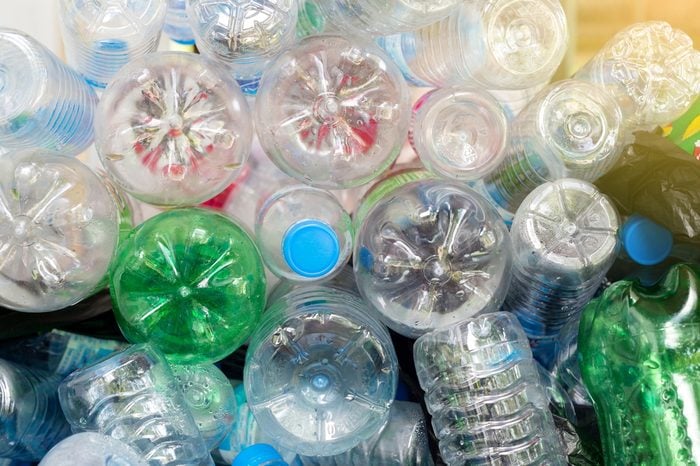 TEERASAK LADNONGKHUN/SHUTTERSTOCK
TEERASAK LADNONGKHUN/SHUTTERSTOCK
Trash and recycling collectors
The median annual salary for waste workers is $40,000, but some make $100,000 or more annually. They earn that money by keeping our streets clean, handling stinky refuse, and risking their lives on a daily basis. Trash and recycling collectors have one of the most dangerous jobs in the world and the fifth most dangerous job in the United States. According to the latest data from the BLS, 31 total deaths were recorded in 2016, many from workers falling off trucks, getting hit by vehicles while on the job, or accidents with machinery. Check out these 9 other unusual high-paying jobs that aren’t for everyone.
3 / 18
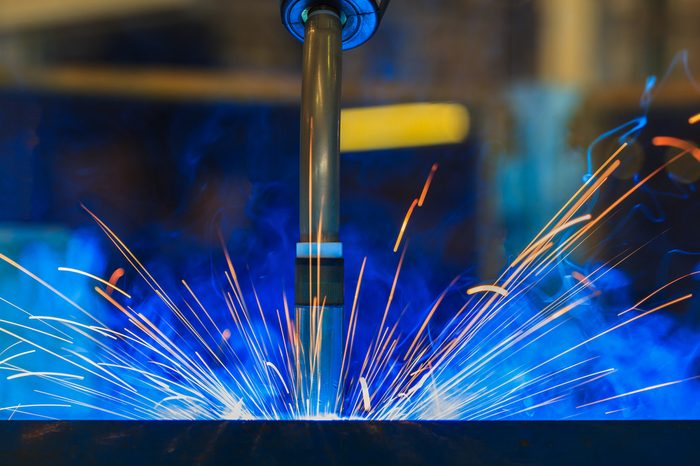 FACTORY_EASY/SHUTTERSTOCK
FACTORY_EASY/SHUTTERSTOCK
Underwater welders
Electricity and water are usually two things that don’t mix, but for underwater welders, it’s just another part of the job. Employees in this field repair pipelines, ships, dams, and more, and face a series of dangers, including explosions and differential pressure hazards. For example, when a diver is trapped under the high-pressure flow of water, they’re at risk of drowning. While the BLS doesn’t track fatalities in this field, research from the U.S. Centers for Disease Control and Prevention (CDC) shows underwater welders die at a rate that is 40 times higher than America’s national average. It’s important to note that the study is more than 20 years old, and studies aren’t frequently updated due to the small population size in this field. Discover the weird jobs you won’t believe actually existed.
4 / 18
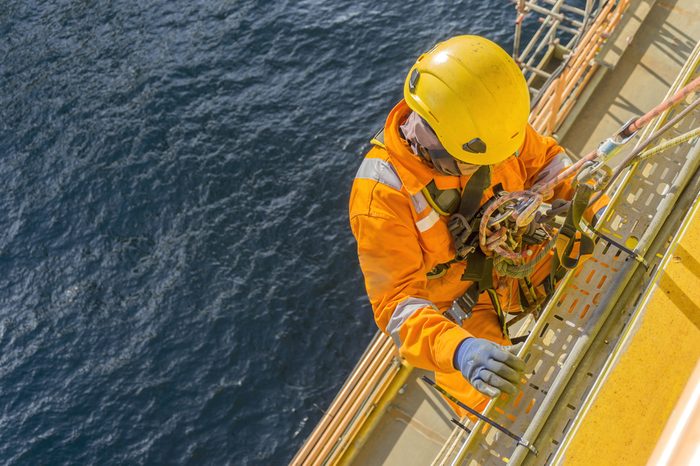 KARLSTURY/SHUTTERSTOCK
KARLSTURY/SHUTTERSTOCK
Oilfield workers
The Deepwater Horizon explosion and oil spill in the Gulf of Mexico in 2010 that took the lives of 11 men reminded the world that oil rig workers have one of the most dangerous jobs, both offshore and onshore. Heights, heavy equipment, and dangerous materials are just a few risky elements of the job. Surprisingly, the greatest cause of death for oil and extraction laborers was vehicle crashes. Fatigue and long, unsafe travels to and from rigs are two of the reasons these accidents happen so often, according to the CDC. These will be the most in-demand jobs in 2020.
5 / 18
 ROB BAYER/SHUTTERSTOCK
ROB BAYER/SHUTTERSTOCK
Roofers
Roofers walk around the tops of our homes and office buildings, so it’s not surprising that they have the fourth highest rate of fatalities on the job in the United States, according to the latest data from the BLS. One hundred workers died in 2016, most of them from falling. This risk is not new to the industry, considering falls from roofs accounted for one-third of all fall-related construction deaths between 1992 and 2009.
6 / 18
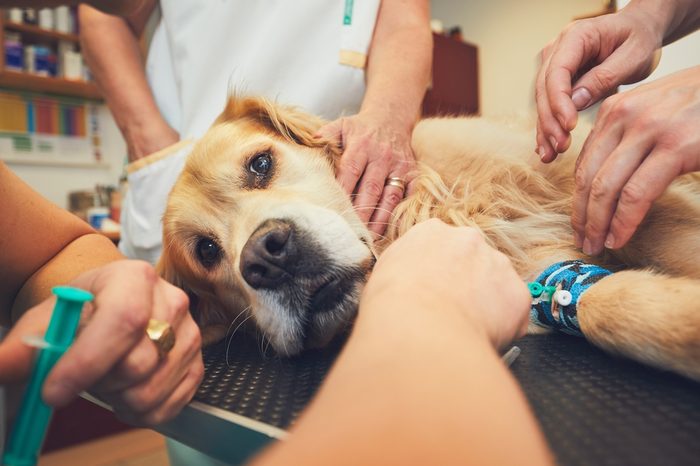 JAROMIR CHALABALA/SHUTTERSTOCK
JAROMIR CHALABALA/SHUTTERSTOCK
Vets
Sure, animal bites, infections, and illnesses can harm veterinarians, but in Australia, it’s mental health that plagues workers in this industry. According to the Australian Veterinary Association, these employees are up to four times more likely to fall victim to suicide than the rest of the Australian population. Studies don’t pinpoint one specific reason for the high suicide rate, but factors including high stress, emotional hardships associated with euthanasia, and financial strain are a few common obstacles for these professionals. Don’t miss the 50 other secrets your veterinarian won’t tell you.
7 / 18
 NATALIIA ZHEKOVA/SHUTTERSTOCK
NATALIIA ZHEKOVA/SHUTTERSTOCK
Deep-sea fishermen
There’s a reason Deadliest Catch is such a popular show. The risk of someone dying on the job is extremely high, which naturally captivates anxious TV audiences. Fishers and related fishing workers ranked as the second most dangerous job in the United States, according to the latest available data from BLS. Fishermen face the unexpected elements of nature on open waters, far away from any medical aid, gambling with their lives in hopes of a hefty catch and payday. The highest cause of death in this industry, as you probably guessed, is drowning.
 KOLIW/SHUTTERSTOCK
KOLIW/SHUTTERSTOCK
Structural iron and steel workers
Heights, steel beams, collapsing walls, electrical lines, and swinging objects are just a few elements that make this gig so risky. Structural iron and steel workers rank as the sixth most dangerous job in the United States with a rate of 25.1 fatalities out of 100,000 workers, according to the BLS. Falls account for most of the deaths in this field, while injuries to iron and steel workers are often from cuts, muscle strains, broken bones, and burns.
9 / 18
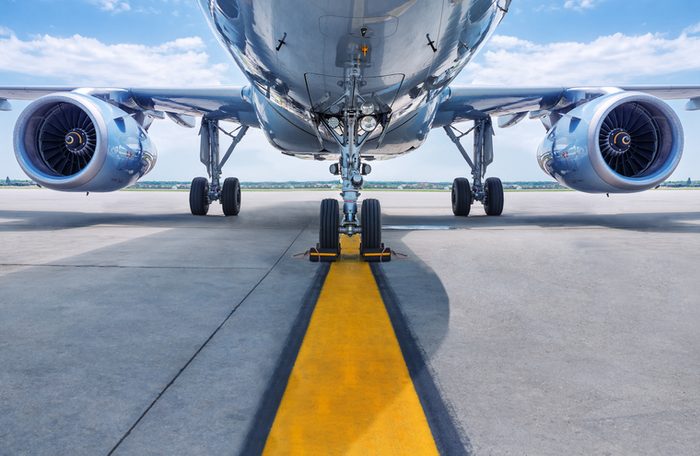 FRANK_PETERS/SHUTTERSTOCK
FRANK_PETERS/SHUTTERSTOCK
Aircraft pilot and flight engineers
While commercial airline safety has improved in recent years, 75 aircraft navigators from smaller aircrafts—including air-taxis and rural pilots—died in 2016, according to the BLS. Human error accounts for many aircraft pilot and flight engineer deaths on the job, along with mechanical failure and turbulent weather.
10 / 18
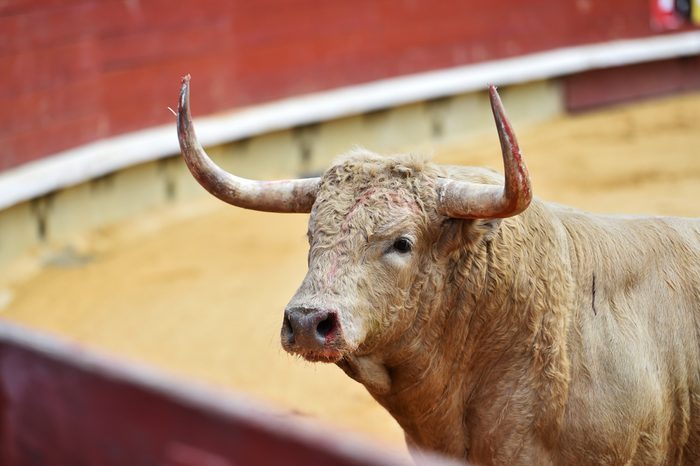 ALBERTO CLEMARES EXPOSITO/SHUTTERSTOCK
ALBERTO CLEMARES EXPOSITO/SHUTTERSTOCK
Bull riders
Bull riding is a popular and continuously growing sport in America and Australia, with the best professional bull riders raking in millions over the years. It’s also the rodeo sport with the highest rate of injury to humans, making it one of the most dangerous jobs. According to a six-year Australian study, bull-riding injuries are becoming more frequent, with the most common wounds occurring on the limbs, chest, and brain.
11 / 18
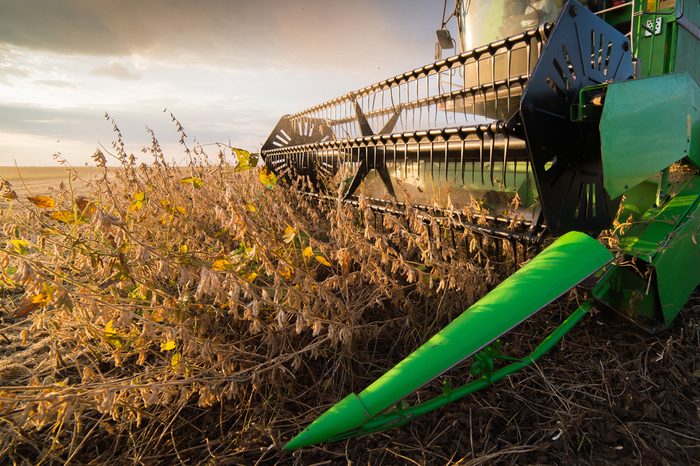 FOTOKOSTIC/SHUTTERSTOCK
FOTOKOSTIC/SHUTTERSTOCK
Farmers
This job isn’t just milking cows or planting vegetables. Heavy machinery, in addition to sun exposure, animals, and chemical hazards all pose a significant risk to farmers, ranchers, and other agricultural managers. It’s one of the top ten most dangerous jobs in the United States and in many countries around the world, including Australia. Most deaths in this industry were transportation accidents.
ADVERTISEMENT
12 / 18
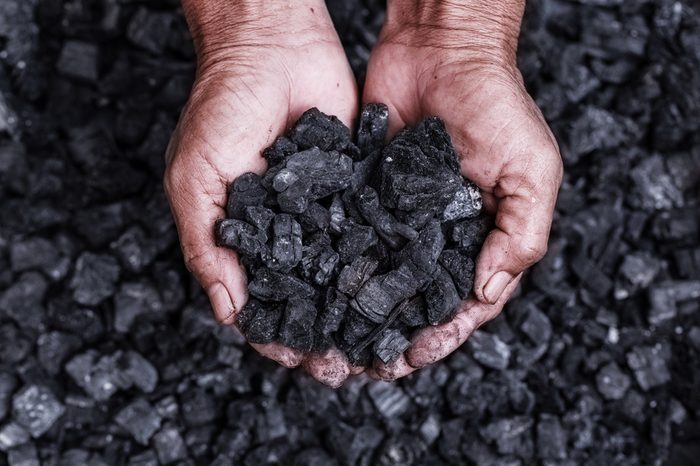 SMALL SMILES/SHUTTERSTOCK
SMALL SMILES/SHUTTERSTOCK
Miners
For workers in this industry around the world, the potential earnings no doubt outweigh the risks; however, the dangers are rife. Cave-ins, explosions, chemical leaks, fatigue, falls, electrocution, toxic fumes, and heavy loads are some of the hazards miners face on the job. China has the world’s largest mining industry and also one of the deadliest. A report found that the country accounts for 80 percent of coal-mining deaths around the world each year, most a result of explosions.
13 / 18
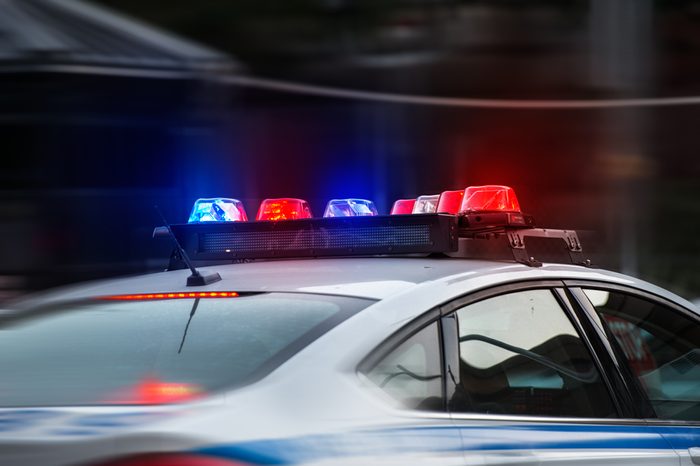 NICK STARICHENKO/SHUTTERSTOCK
NICK STARICHENKO/SHUTTERSTOCK
Police officers
TV shows and movies might have you believe that cops have one of the deadliest jobs in the world, but in fact, the men and women in blue don’t even crack the top ten most dangerous jobs in the country. However, there is one major difference and common risk that police officers face on the job that most other professions don’t: murder. Fatalities in other industries are hardly ever from homicide, while a portion of police officer deaths every year are at the hands of others. According to the BLS, “Police officers incurred 51 homicides in 2016, up 50 percent from 34 fatalities in 2015.” Read on for the 45 things police officers wish you knew.
14 / 18
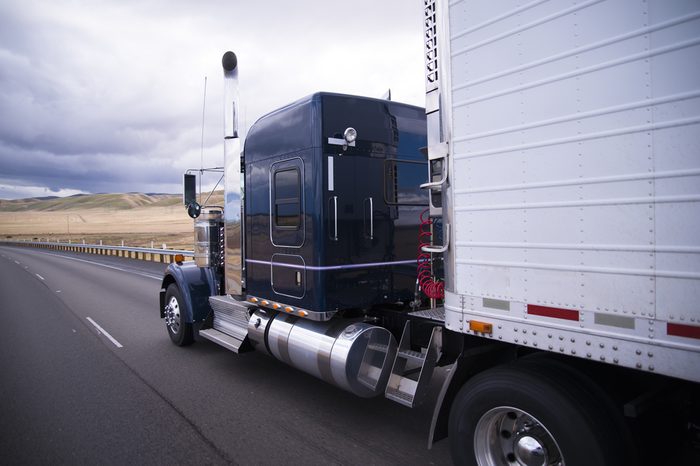 VITPHO/SHUTTERSTOCK
VITPHO/SHUTTERSTOCK
Truck and sales drivers
Truck drivers had the highest number of fatalities on the job in 2016 compared to any other occupation in the United States, with a death rate of 24.7 per 100,000 workers. Some drivers carry heavy and dangerous loads over large distances and will sometimes drive when they are tired, making the possibility of a deadly crash more probable. The report also found that out of all work injuries across all industries, transportation incidents remained the most prominent cause of death.
ADVERTISEMENT
15 / 18
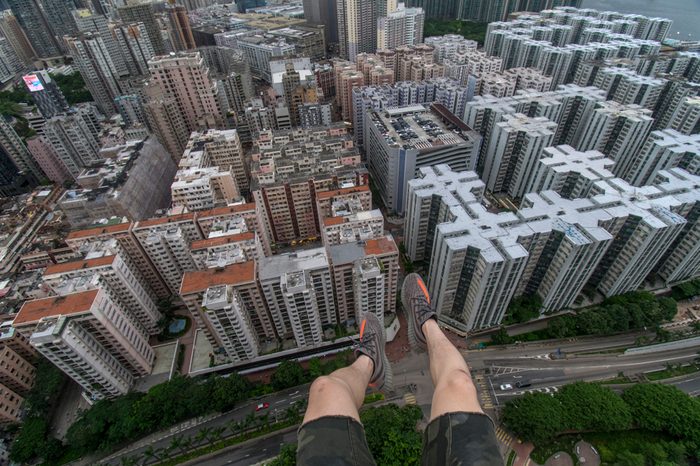 BEN LIEW/SHUTTERSTOCK
BEN LIEW/SHUTTERSTOCK
Stuntmen and stuntwomen
This job is all about danger: Workers are essentially employed to perform crazy stunts that are too risky for actors to perform or to thrill a live audience. Dicey maneuvers like jumping from great heights, crashing vehicles, or using real weapons in fights are part of the gig and can lead to injuries or even death. While there are no official statistics, ScreenRant lists 15 times stunt men and women were injured or killed.
16 / 18
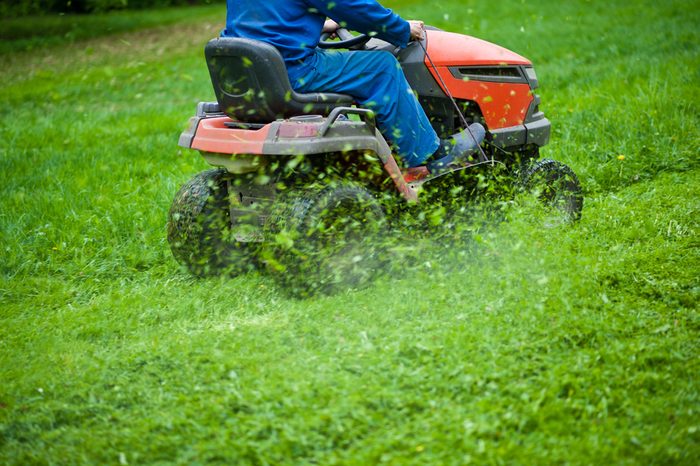 YANA KOZLOVA/SHUTTERSTOCK
YANA KOZLOVA/SHUTTERSTOCK
Grounds maintenance workers
While taking care of parks and the grounds outside of office areas sounds straightforward, according to the BLS, these workers had the tenth most dangerous job in 2016, with 217 total fatalities reported. Most workers died from transportation accidents, while others were the result of falls, being struck by loose objects, or electrocutions.
17 / 18
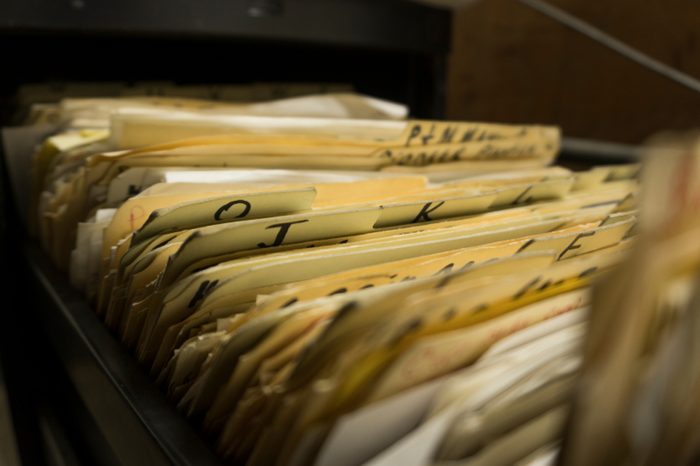 MASON BRIGHTON/SHUTTERSTOCK
MASON BRIGHTON/SHUTTERSTOCK
Private investigators
Private investigators often work on their own with no backup and catch people doing shameful or illegal acts. Kusic and Kusic Private Investigators Ltd. outlined some of the dangers facing detectives, including extreme temperatures, the risk of getting into car accidents, demanding work schedules, and the possibility that a subject will violently lash out.
18 / 18
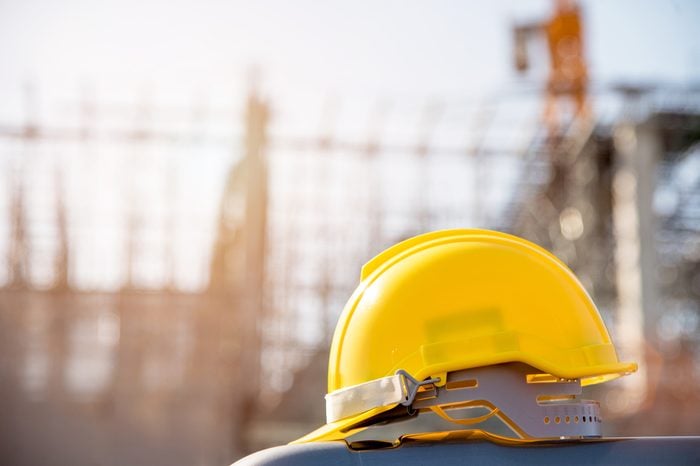 BANNAFARSAI_STOCK/SHUTTERSTOCK
BANNAFARSAI_STOCK/SHUTTERSTOCK
First-line supervisors of construction trades and extraction workers
These employees oversee and coordinate construction and extraction activities for their staff, but even supervising is among the most dangerous jobs. The construction industry, in general, saw a 6 percent increase in fatalities from 2015 to 2016 and had the highest number of fatalities in all industries with 991 deaths, according to the latest BLS data. Unfortunately, first-line supervisors also saw an increase in fatal injury rates, going from 16.1 to 18.0. Next, find out the weirdest jobs you can apply for.





Comments